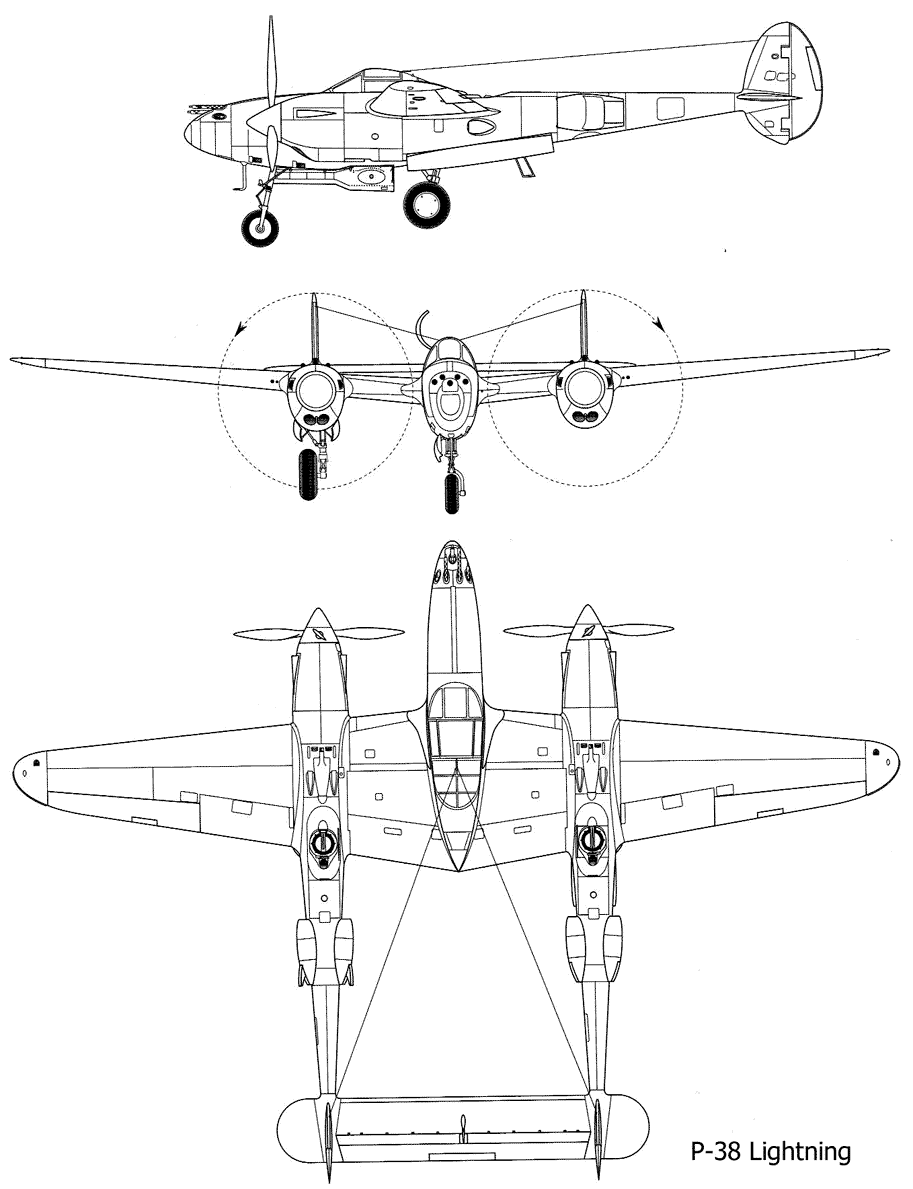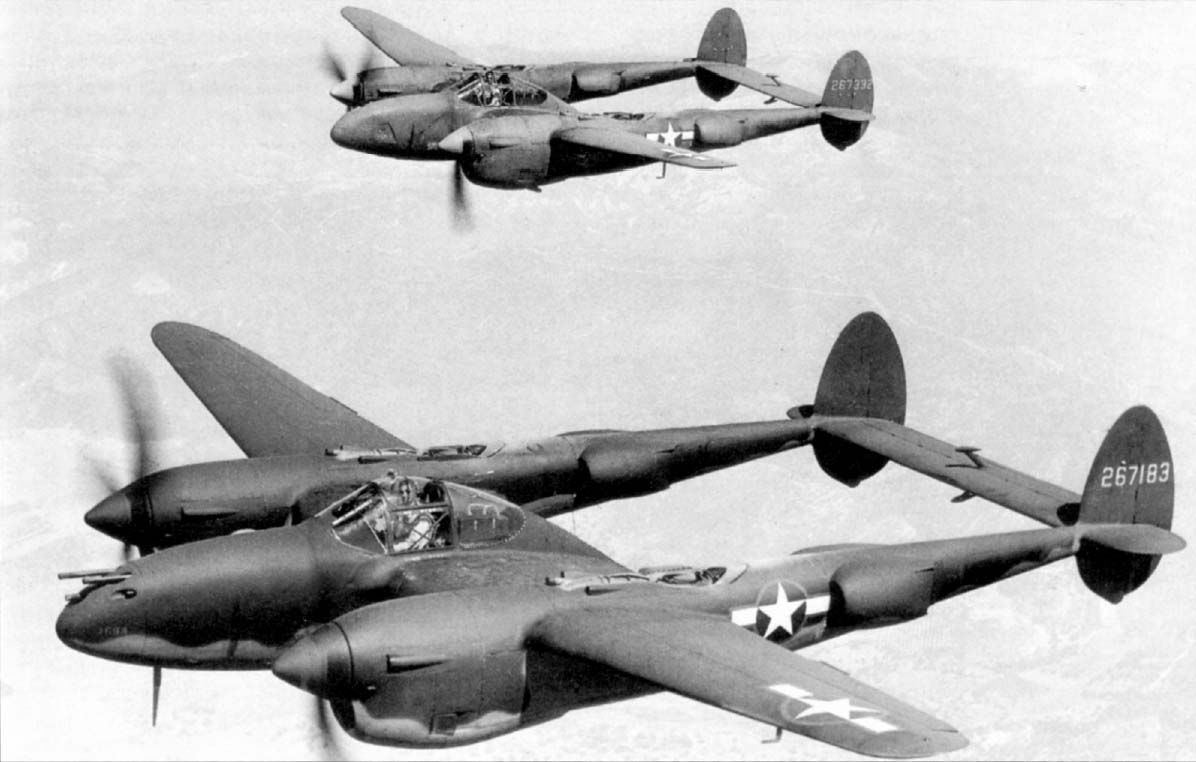|
P-38 Lightning in the USSR
Over the territory of the Soviet Union, the R-38 was first seen during the "shuttle" operations of American bombers from bases in Ukraine. In fact, the “shuttle” raids began on May 24, 1944, with the landing of two F-5s (this is an unarmed modification of the Lightning photo reconnaissance) at the airfield in Poltava. Subsequently, both scouts and R-38 fighters stayed at various bases in the USSR; singly, in groups and in large groups. So, during Operation Frantic III in July 1944, 72 P-38s from the 15th US Air Force flew to our country. Our ground staff also took part in their maintenance. One F-5 was destroyed by German bombs during a raid by Luftwaffe night bombers on Poltava. After the base was evacuated, he was abandoned there.
The pilots from the 1st Ferry Aviation Regiment, who, during their service in Alaska, were able to look at this car and even fly on it, could tell something about the Lightning.
But in order to really study the plane, you had to get it. However, appeals to the American side on this issue were unsuccessful. So, on July 19, 1943, General Belyaev requested several copies of the R-38. The issue was resolved for quite a long time, but in the fall a refusal was received. More than the Soviet Union did not even make attempts to get "Lightnings" under Lend-Lease. Not a single R-38 was officially delivered to the USSR.
All machines of this type that ended up in our country were picked up after forced landings in Eastern Europe. I must say that even there these fighters were a rarity. Of the 162 Allied aircraft found in the territories occupied by the Soviet army by mid-May 1945, there was only one Lightning. In fact, of course, there were more of them, but not by much, and the condition of the machines made much to be desired.
For example, one P-38 in January 1945 made an emergency landing near the town of Nagykeres near Budapest. This plane with the inscription "Pride of Jane" escorted the bombers, was shot down and, with the landing gear retracted, flopped onto a field covered with melted snow, bent the propellers, crushed the engine hoods. The pilot was not injured and was evacuated by a team of specialists from the Soviet 5th Air Army, taking with him the saber of the Hungarian general, which our infantrymen exchanged for a parachute. There were other similar cases.
But apparently only one Lightning was able to be made airworthy. This aircraft participated in "shuttle" operations, made an emergency landing and was abandoned. It was P-38L-1 L 42-4384 with "Blackie" written on the side. For some time it belonged to the 173rd Long-Range Fighter Regiment, armed with American A-20Gs converted into heavy fighters. But on it there made only training flights. The regiment was based near Minsk, and then flew over to Czestochowa in Poland.
After the war, this "Lightning" was transferred to the Air Force Research Institute. In early 1947, an American fighter was tested there. The lead pilot was V.P. Khomyakov, but P.M. Stefanovsky and Yu.A. Antipov also took part in the flight. "Lightning" rose into the air without hanging tanks. First of all, the capabilities of the aircraft as an escort fighter were evaluated in comparison with the domestic Yak-9DD. The tests basically confirmed the characteristics declared by Lockheed. They could not only make measurements at the maximum short-term operation of the motors. The reason was quite prosaic - the research institute did not find imported 100-octane gasoline, our factories did not produce it.
 |
Drawing P-38 Lightning
|
 |
P-38L-1 during testing at the Air Forces Scientific Research Institute at 1947
|
 |
P-38 in flight
|
Bibliography

- "Encyclopedia of military engineering" /Aerospace Publising/
- "American warplanes of World War II" /under cor. David Donald/
| 





